Treating spider bites at home
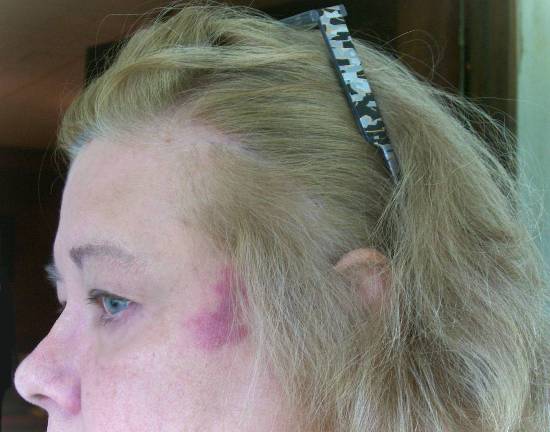
Wash all bites with soap and water
One morning I woke up with a burning whelp on my face. The first thing I did was look for an insect, but did not find one in or around our bed. I knew it was probably a spider because of two tiny puncture marks. Plus we don't use pesticides, and battle various critters like spiders and crickets on a regular basis.
I washed the red area with soap and warm water, then applied a green clay poultice. (Green clay is a powder you can mix with water to from a thick paste.) When I applied the clay, the bite felt better immediately. Within a few minutes, two tiny streams of fluid began to run down my face. The liquid left streaks in the drying clay!
Giving the clay plenty of time to draw out poisonous venom, I went outdoors to gather a few healing plantain leaves. We have plenty of those around the farm, so it only took a few minutes to harvest them.
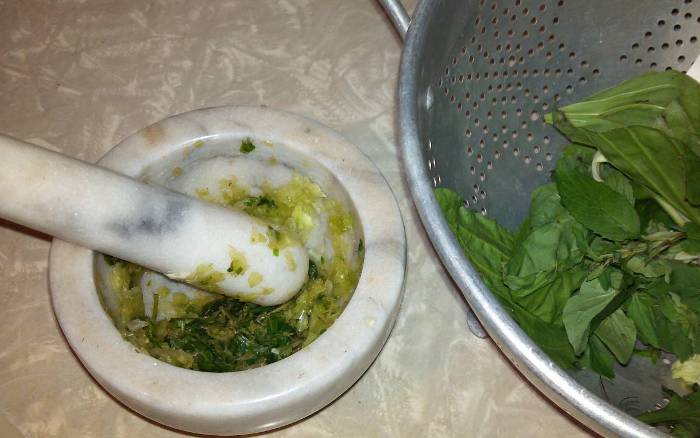
Plantain poultice for spider bites
Getting out my mortar and pestle, I ground enough plantain leaves for a small poultice. For extra strength, I added a little bit of cabbage and a drop of lavender essential oil.
Then, after gently washing off the green clay, I applied the plantain poultice to my face with a band-aid. By the next day, the spider bite was beginning to heal with way less redness and no sign of pus or discharge. The only symptom still present was intense itching. I applied a drop of peppermint oil every couple of hours, which took care of that problem.
Spider bites can cause boils and abscesses
If your spider bite becomes infected, please consult with a professional healthcare provider. If an abscess forms, it can become a breeding ground for staff infection and flesh eating bacteria. You do not want to deal with that at home.
Of course, if no healthcare is available, you will need to apply frankincense essential oil, echinacea poultice, calendula, thyme, or another healing herb as soon as possible.
Herbal treatments for spider bites
Herbs have been used to treat spider and insect bites for centuries. Many herbs have anti-inflammatory, analgesic, and antimicrobial properties, which can help to reduce swelling, pain, and the risk of infection.
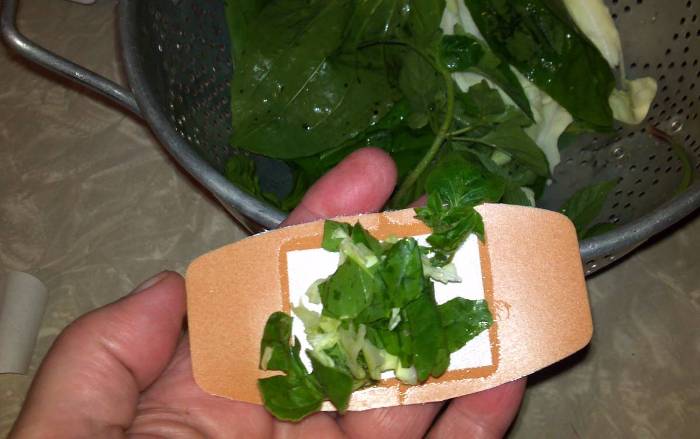
Healing herbs for treating spider bites
- Aloe vera gel is a cooling and soothing gel that can be applied directly to the bite area. It has anti-inflammatory and antimicrobial properties, which can help to reduce swelling, pain, and the risk of infection.
- Basil leaves can be crushed and applied to the bite area as a poultice. Basil has anti-inflammatory and analgesic properties, which can help to reduce swelling and pain.
- Calendula flowers can be infused into oil or water and applied to the bite area as a compress. Calendula has anti-inflammatory, antimicrobial, and wound-healing properties. It can help to reduce swelling, pain, and the risk of infection, and it can also promote healing.
- Chamomile flowers can be infused into tea and drunk, or they can be applied to the bite area as a compress. Chamomile has anti-inflammatory and sedative properties. It can help to reduce swelling and pain, and it can also help to promote relaxation and sleep.
- Witch hazel can be applied directly to the bite area with a cotton ball. Witch hazel has anti-inflammatory and astringent properties. It can help to reduce swelling and itching.
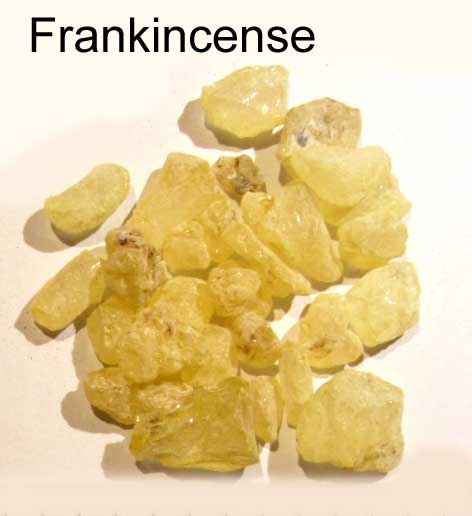
Steps for using herbs to treat spider bites
- Wash the bite area thoroughly with soap and water.
- Crush or grind the herbs until they form a paste.
- Apply the paste to the bite area and cover with a bandage.
- Leave the paste on for several hours, or overnight.
- Repeat this process several times a day until the bite has healed.
If you are pregnant or breast feeding, elderly, or if you have any underlying health conditions, be sure to talk to your doctor before using herbs to treat spider and insect bites. Do not treat babies and infants with home remedies without professional advice. If you suspect they have been bit by a spider, seek emergency care.
Read more about making your own herbal products at home.
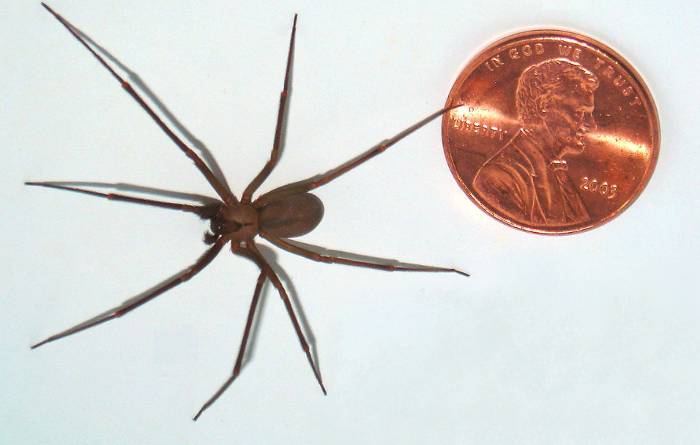
Tips for using herbs to treat spider and insect bites
- Make sure to use fresh or dried herbs that are of high quality.
- If you are using essential oils, be sure to dilute them with a carrier oil before applying them to the skin.
- If your condition worsens, discontinue use immediately.
Herbs can be a safe and effective way to treat spider and insect bites. However, it is important to use them correctly and to use the best herbs available.
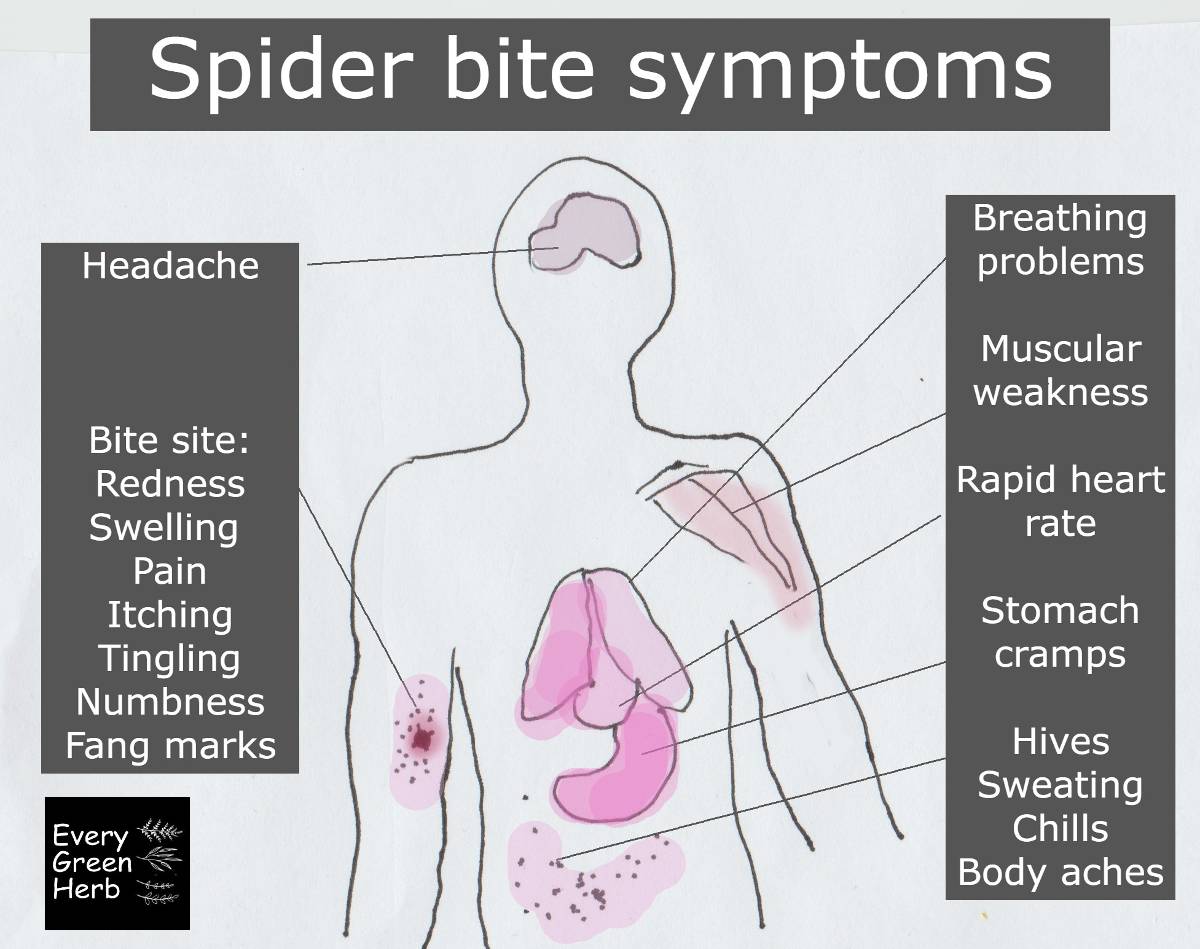
Prevention of spider bites
Be aware of your surroundings and take precautions to avoid contact with spiders. Here are some tips:
- Wear long sleeves and pants when walking in areas where spiders are common.
- Shake out your shoes and clothes before putting them on, in case spiders have crawled inside.
- Inspect your bedding before going to sleep.
- Keep your home clean and free of clutter, as spiders are attracted to hiding places.
- Seal any cracks or gaps in your home's foundation and exterior walls.
- Avoid storing firewood inside your home, as this can attract spiders and other pests.
- Sprinkle peppermint oil in your doorways and grow mint plants around the outside of your home.
Spider identification
There are thousands of species of spiders in the world, but only a few are venomous to humans. It is important to be able to identify the most common venomous spiders so that you can take steps to avoid them.
The black widow spider is one of the most recognizable venomous spiders. It is black with a red hourglass-shaped marking on its abdomen.
The brown recluse spider is another common venomous spider. It is brown or tan in color with a dark violin-shaped marking on its back.
Learn more about spiders at the Center for Disease Control and Prevention.
Blessings to you and yours!
Thanks so much for reading my blog. Jan.

*Note - the information on this website has not been evaluated by the Food and Drug Administration.
© 2005-2024 website design and content by Janice Boling